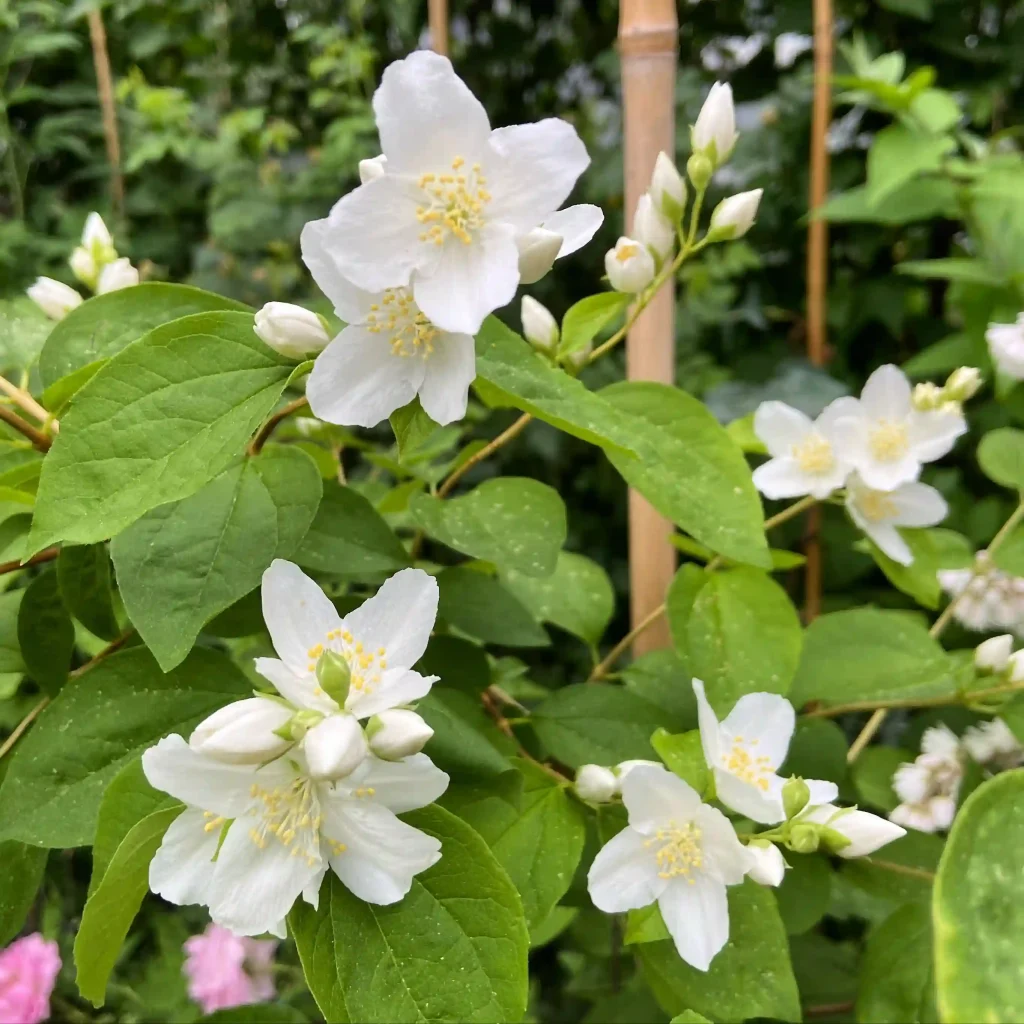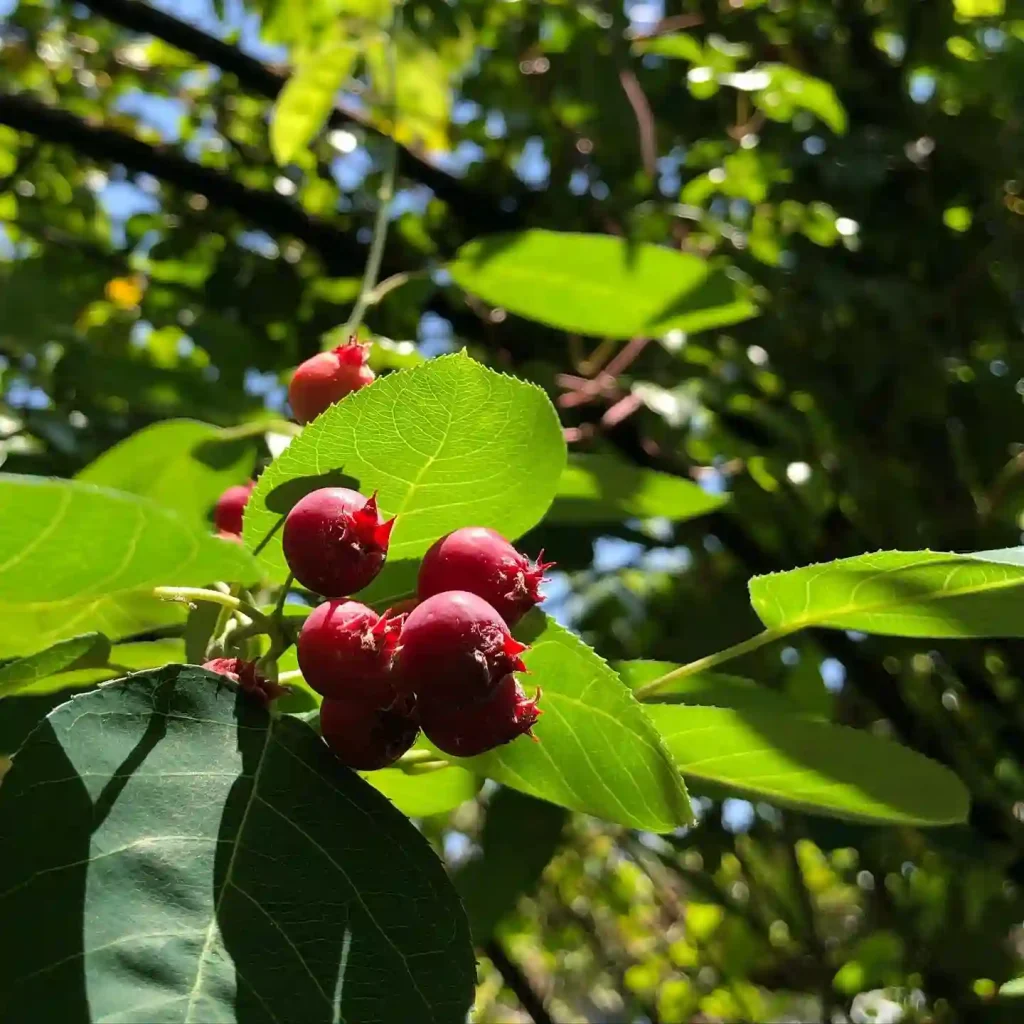Talinum: A Succulent Journey
My fascination with succulents began with a humble jade plant on my windowsill. Its resilience and unique beauty sparked a curiosity that led me down a rabbit hole of diverse forms and adaptations. Among the many genera I’ve encountered, Talinum holds a special place in my heart. This group of herbaceous succulents, formerly classified under the Portulacaceae family, now resides in its own family, Talinaceae. With roughly 27 species spread across tropical and subtropical regions, Talinum offers a captivating glimpse into the world of plant evolution and survival.
A Global Citizen
Talinum species are true globetrotters, found in the Americas, sub-Saharan Africa, the Arabian Peninsula, the Indian subcontinent, and Myanmar. This wide distribution speaks to their adaptability and resilience. They thrive in arid and semi-arid environments, their succulent leaves allowing them to store water and withstand drought. This hardiness makes them ideal for cultivation in various climates, adding to their appeal for gardeners and plant enthusiasts like myself.
More Than Just a Pretty Face
While Talinum species are undoubtedly aesthetically pleasing, they also boast practical uses. Some species are cultivated for their edible leaves, notably Talinum fruticosum, a popular leaf vegetable in many tropical regions. This species, also known as Ceylon spinach or waterleaf, is a testament to the genus’s contribution to food security and culinary diversity.
A Diverse Family
The genus Talinum encompasses a variety of species, each with unique characteristics and adaptations. Here are:
- Talinum paniculatum: Also known as fameflower or Jewels-of-Opar, this species is often grown as an ornamental plant for its delicate flowers and attractive foliage. It has also been used in traditional medicine in Asia. Plant FAQs: Talinum Paniculatum
- Talinum fruticosum: As mentioned earlier, this species is a valuable food source in many tropical regions, prized for its tender, edible leaves.
- Talinum arnotii: This North American species, commonly known as Kalahari Butterweed, is recognized by its distinctive yellow flowers and fleshy leaves.
- Talinum afrum (Thunb.) Eckl. & Zeyh.
- Talinum albiflorum (Appleq.) Christenh. & Byng
- Talinum ankaranense (Appleq.) Christenh. & Byng
- Talinum aurantiacum Engelm.
- Talinum boivinianum (Baill.) Christenh. & Byng
- Talinum bosseri (Appleq.) Christenh. & Byng
- Talinum crispatulum Dinter
- Talinum dauphinense (Scott Elliot) Christenh. & Byng
- Talinum domingense Urb. & Ekman
- Talinum grevei (Danguy) Christenh. & Byng
- Talinum humbertii (Appleq.) Christenh. & Byng
- Talinum latifolium (Appleq.) Christenh. & Byng
- Talinum lineare Kunth
- Talinum microphyllum (Eggli) Christenh. & Byng
- Talinum nocturnum Bacig.
- Talinum pachypodum (Eggli) Christenh. & Byng
- Talinum polygaloides Gillies ex Arn.
- Talinum porphyreum M.Mend. & J.R.I.Wood
- Talinum portulacifolium (Forssk.) Asch. ex Schweinf.
- Talinum sonorae D.J.Ferguson
- Talinum tenuissimum Dinter
- Talinum tsitondroinense (Appleq.) Christenh. & Byng
- Talinum tuberosum (Benth.) P.Wilson
- Talinum xerophilum (Appleq.) Christenh. & Byng
The Beauty of Simplicity
One of the things I admire most about Talinum is its understated beauty. The flowers, often pink or yellow, are small but captivating, adding a touch of delicate elegance to the plant’s succulent foliage. Their simple form and vibrant colors remind me that beauty can be found in the most unexpected places.
A Gardener’s Delight
As an avid gardener, I’ve had the pleasure of cultivating several Talinum species. Their low-maintenance nature and drought tolerance make them ideal for both experienced and novice gardeners. Whether grown in a pot on a windowsill or as part of a rock garden, Talinum adds a touch of unique beauty and resilience to any space.
A Symbol of Resilience
For me, Talinum represents more than just a genus of plants. It symbolizes resilience, adaptability, and the beauty of simplicity. In a world that often feels chaotic and unpredictable, these plants offer a sense of calm and stability. Their ability to thrive in challenging conditions serves as a reminder that even in the face of adversity, life finds a way.
A Continuing Journey
My exploration of the Talinum genus is an ongoing journey. With each new species I encounter, I gain a deeper appreciation for the diversity and resilience of the natural world. As I continue to learn and grow, I’m excited to see what other wonders this fascinating genus has to offer.
If i die, water my plants!



